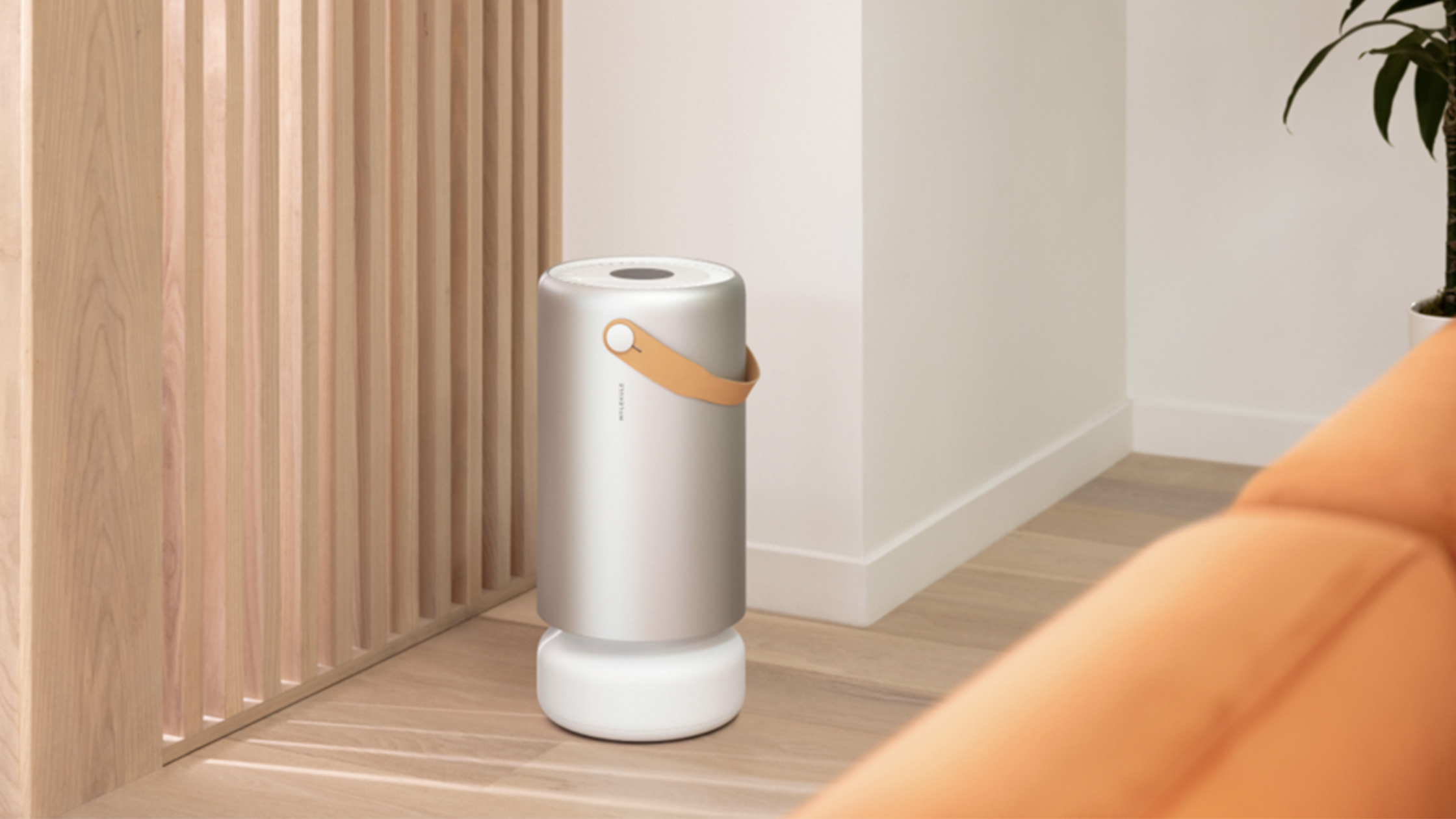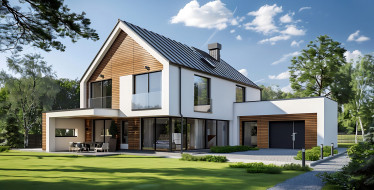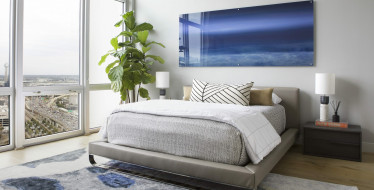There are many facets to wellness design. Lighting, construction materials, neutral color palettes, biophilic connectivity and indoor/outdoor space integration are all key elements that are imperative to a wellness-focused space. Yet one design element that cannot and should not be overlooked is air purification.
Because we cannot see air, per se, and we usually cannot smell the air that surrounds us, indoor air quality is often overlooked. However, it should be focused on. According to the EPA, Americans, on average, spend approximately 90 percent of their time indoors, where the concentrations of some pollutants are often 2 to 5 times higher than typical outdoor concentrations. Sources of indoor air pollutants can include combustion byproducts such as carbon monoxide, mold, pesticides and volatile organic compounds often found in common design items like furniture and paint.
Purifying the air you breathe in your home isn’t as daunting as it may seem. We have compiled a list of ways you can ensure that the air in your space is clean and fresh.

Photo courtesy of Molekule
Air Purifiers
Air purifiers are a perfect way to filter indoor pollutants in your home. With a variety of air purifier shapes, color and styles, you can find one that fits your price point, space and aesthetics. To many people design matters (us included), and there are several modern air purifiers that are not only well designed, but also do a magnificent job of carrying out their intended purpose.
At the top of our list is Molekule’s Air Pro. According to Molekule’s website, their patented PECO technology can destroy pollutants 1,000 times smaller than the size the standard, HEPA-quality filters can meet. This filter is perfect for rooms up to 1000 square feet, helping to purify surrounding air from viruses, carbon dioxide and other trace elements.
Well-deserved honorable mentions go to the Dyson Purifier Humidify+Cool Formaldehyde by Dyson and the BreatheSmart FLEX True HEPA Air Purifier by ALEN. Both air purifiers use HEPA filters filtering down contaminants down to .3 and .1 microns, respectively. Get an air purifier that covers the square footage of your space and feel the difference in the air you breathe.
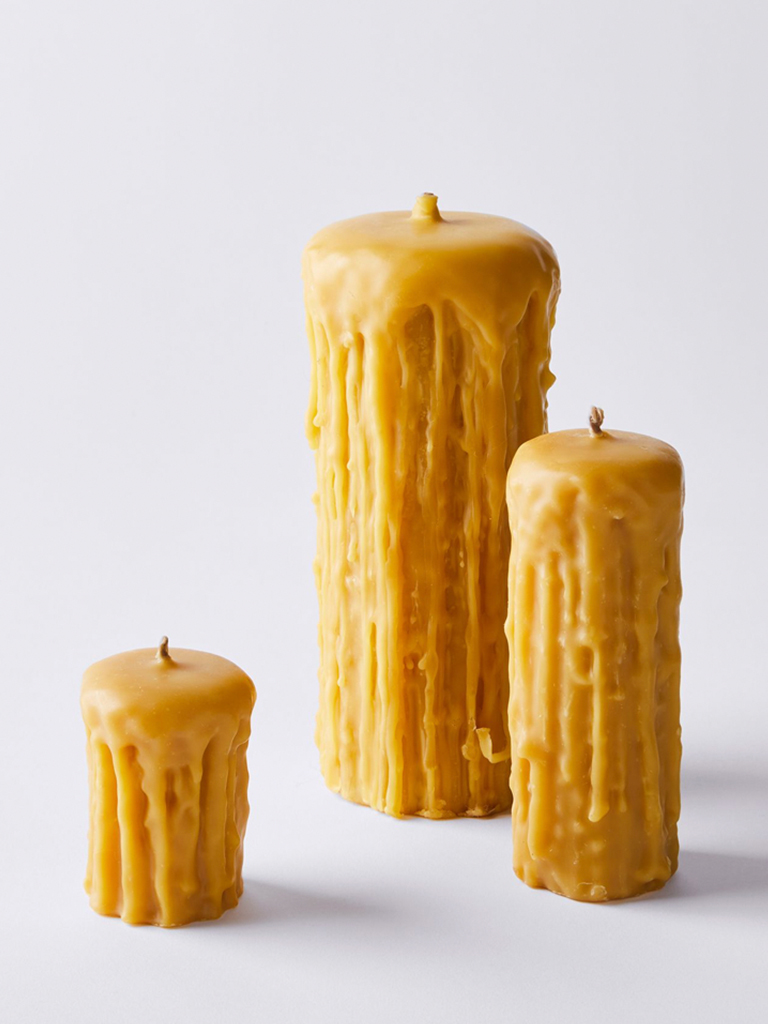
Photo courtesy of Food52.com
Beeswax Candles
Burning beeswax candles in your home has a lot more benefits than you may think. For starters, beeswax candles are all natural. Most beeswax candles have no added fragrances or colors and burn clean, so the candle doesn’t burn off any chemicals or produce any soot residue.
Most importantly, beeswax candles can help purify the air by neutralizing pollutants. Beeswax candles produce negative ions when burned which neutralize air pollutants, removing odors, mold and allergens from the air your breath. The Handmade Drip Beeswax Candles from Food52 are the ultimate indoor beeswax candle. Not only do they boast the benefits previously mentioned, but the fluid drip texture of each candle adds a natural design element to your space.
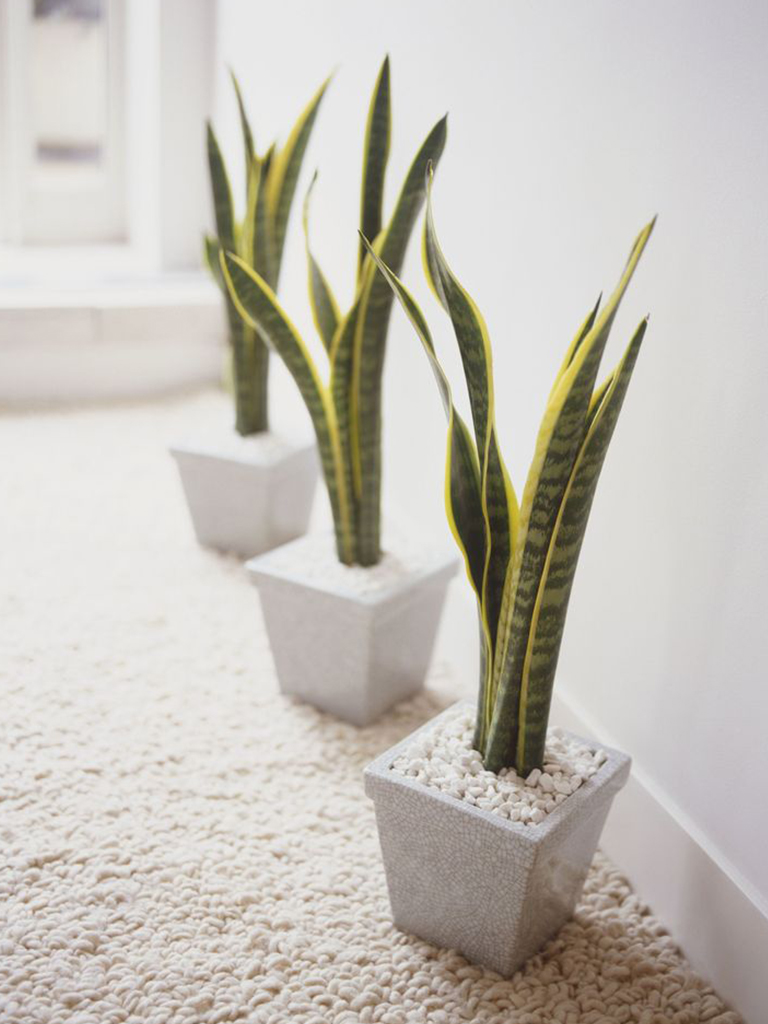
Photo courtesy of Country Living.com
Indoor Plants
You all know that we have a love for plants, evident by our post on the best plants for wellness and style. Well, let us continue gushing about why indoor plants are so beneficial for your home. Take the snake plant for starters. Not only is this plant beautiful, but it can help you get a good night’s sleep when it releases oxygen at night. Even more impressive, according to CountryLiving.com, it is one of the best plants for filtering the air of formaldehyde, xylene, benzene, toluene, and trichloroethylene.
In case the snake plant isn’t your vibe, try getting a potted spider plant. This plant combats toxins including carbon monoxide and xylene, a chemical often used in the printing and rubber industries. As an additional plus, the spider plant is non-toxic to animals.
If you aren’t able to get an air purifier for your space or take care of a house plant, some basic house rules will improve your air quality with minimal effort. No indoor smoking, using low VOC paints and watching the pesticides and cleaning products you use in your home will go a long way. The reduction of carpet in a home can also aid in the air quality as carpet fibers attract and collect dust and particles brought in from the outdoors. Doing any of the suggested tasks can truly change the quality of air that you breathe inside your home.
What steps are you taking in your home to help purify the air you breathe?


